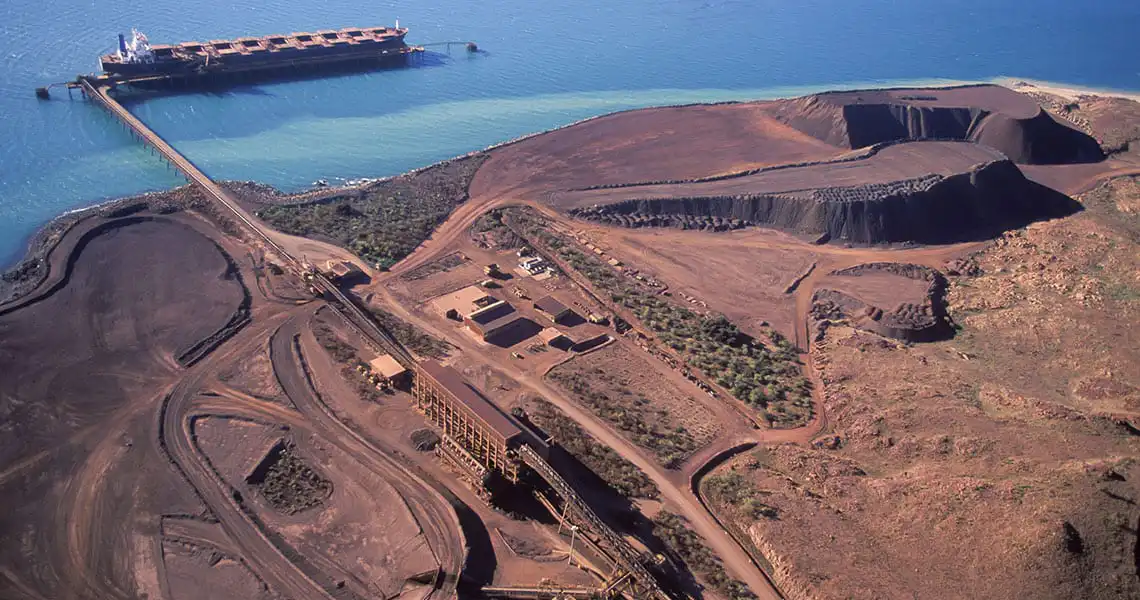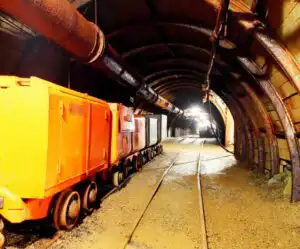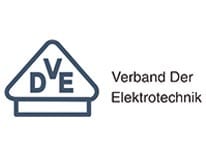
Mining and Tunneling Cables

Tratos have traditionally used the terms “Mining and Tunnelling” to define “Mining” and “Tunnelling.”
Mining refers to the extraction of minerals and other resources from the earth, typically from underground or surface mines. This process can involve various techniques, including:
- Surface Mining: Involves removing soil and rock above a mineral deposit (e.g., open-pit mining, strip mining, or opencast mining) also known as Quarrying.
- Underground Mining: Involves digging tunnels or shafts to access mineral resources located deep underground (e.g., shaft mining, longwall mining or room-and-pillar mining).
So Mining is an operation use to access and then remove a useful mineral or material
Quarrying is a mining process, but mining doesn’t always involve quarrying.
Tunnelling refers to the extraction of material to form an underground passageway, for the movement of people, trains or vehicles. Tunnelling is also used in underground Mining Operations.
According to internationally recognised industry standards
Tratos has dedicated product engineers and sector specialists who understand the special requirements needed to ensure reliable and consistent performance in the harshest of mining and tunnelling environments. It is this knowledge that ensures Tratos’ Mining Cables and Tunnelling Cables meet or exceed the requirements of Internationally recognised industry standards (e.g. AS/NZS, VDE, BS, UL, CSA, MSHA, and OSHA). Products are also RoHS compliant, manufactured on sites that hold ISO 14001 Environmental Approval and ISO 9001 Quality Management System Approval.
Tratos Mining and Tunnelling Cables are used in open-pit mining, tunnelling, and power supply in deep mines. The range of mining and tunnelling cables includes fixed and flexible cables up to 35 kV.
Tratos has been a mining cable manufacturer for decades. Tratos is a specialist manufacturer and supplier of robust electric mining and tunnelling cables used to power, control and monitor mining and tunnelling equipment in mines and quarries worldwide. Tratos manufactures in accordance with all main standards, including MT818 series, AS/NZS, VDE 250 and BS 6708.
Reflective & Fluorescent Mining Cables
Tratos has developed an innovative Cables Solution for the Mining industry. Tratos MTO-RF – HighVision is a High Visibility.
Products
TRATOS ASNZS MTO-241® – from 1,1/1,1 to 11/11 kV
Special Cables / Mining and Tunneling Cables / Tratos AS/NZS Mining Cables
TRATOSFLEX MTO®-ST
TRATOSFLEX MTO®-ST…/3E
Special Cables / Mining and Tunneling Cables / TRATOS MTO VDE Cables
TRATOSFLEX-ESDB® – Reeling Cable
Special Cables / Reeling Cables - Tratosflex Special Cables / Mining and Tunneling Cables / Tratos AS/NZS Mining Cables
TRATOS ASNZS MTO-PAPER®
Special Cables / Mining and Tunneling Cables / Tratos AS/NZS Mining Cables
TRATOS ASNZS MTO-XLPE® – 6,35/11 kV & 12,7/22kV – XLPE Insulated
Special Cables / Mining and Tunneling Cables / Tratos AS/NZS Mining Cables
TRATOS ASNZS MTO-A&B® – 1,1/1,1 kV
Special Cables / Mining and Tunneling Cables / Tratos AS/NZS Mining Cables
TRATOS ASNZS MTO-2S-CS® – 1,1/1,1 kV – Collectively Screened
Special Cables / Mining and Tunneling Cables / Tratos AS/NZS Mining Cables
TRATOS ASNZS MTO-2S-IS® – 1,1/1,1 kV & 3,3/3,3 kV
Special Cables / Mining and Tunneling Cables / Tratos AS/NZS Mining Cables
TRATOS ASNZS MTO-CS® – 1,1/1,1 kV
Special Cables / Mining and Tunneling Cables / Tratos AS/NZS Mining Cables
TRATOS ASNZS MTO-IS® – 1,1/1,1 kV
Special Cables / Mining and Tunneling Cables / Tratos AS/NZS Mining Cables
TRATOS ASNZS MTO-455® – Class 1 – from 3,3/3,3 to 33/33 kV
Special Cables / Mining and Tunneling Cables / Tratos AS/NZS Mining Cables
Approvals




Contact us
Please, don’t hesitate to contact us for additional information on our company or our products.
Related Case Studies
Related News
What is a trailing or reeling cable for mining?
Trailing and reeling cables for mining are flexible electrical power cables for supplying mobile equipment, such as large excavators, draglines, stackers and reclaimers which allows the equipment to move when in use without disconnecting its electric power supply. These cables are also used to provide power to Tunnel Boring Machines (TBM’s)
A reeling cable for mining is specifically designed to be frequently reeled on and off a cable drum, typically along a fixed track, such as a stacker reclaimer.
A trailing cable is specifically designed to be moved as the mobile equipment it supplies moves, usually in a random manner such as a face shovel or dragline.
Requirements for trailing and reeling cables for mining
Because of the nature of the environment in which these cables are typically used, trailing and reeling cables for mining are at a greater risk of being subject to physical abuse and damaged, which leads to a greater safety risk.
Design standards applicable to trailing and reeling cables for mining
All trailing and reeling cables for mining must be designed, constructed and tested in accordance with recognised National and International Standards for Trailing and Reeling cables for mining, as well as complying with the applicable local Regulations. The standards and regulations for cables used in Underground mines and during tunnelling operations, are usually more onerous than for cables used in Above ground mining operations.
Safety
All flexible trailing and reeling cables used in Mines typically incorporate a pilot core, or cores, as part of the earth monitoring and protection circuit, designed to cut off the supply of electricity in the event of a break in the earthing circuit.
How a basic earth continuity and monitoring protection system works.
The inclusion of a pilot core allows pilot earth loop or earth continuity monitoring protection to function.
A typical Earth continuity protection functions by establishing a loop current through the operating coil, the pilot core, pilot switch, rectifier, and the earth core of the cable back to the supply transformer which allows the three-phase contactor to close. If the earth continuity is broken, the pilot circuit is also broken, and the three-phase contactor opens cutting off the supply.
It is important to realise, though, that this protection method is not the same as pilot wire differential protection (where the current entering and leaving a cable is measured and compared).
Screening
The majority of modern trailing cables for use in coal mines are individually screened, where the screens are earthed.
By individually screened, we mean that each insulated core is surrounded by a screen.
This screening provides two important safety functions; the first of these, like in a normal power cable, is that it provides a low resistance path for any fault current to flow along. But of far greater importance in a Coal mine is the second, vitally important safety function that it is designed to carry out, electrical protection, in that should the cable be accidentally damaged and penetrated by a metallic object, the object will first contact the earthed screen before touching the conductor of the live core.
Therefore, the possibility of a short circuit between live cores or between a live core and any metal outside of the cable will be greatly reduced. This means that the risk of a spark escaping from the cable and igniting highly flammable, explosive methane gas is also greatly reduced.
Two types of screens are commonly used depending upon the application for which the cable will be used and what type of monitoring and protection system is in use in the circuit to which it is connected. The two types are an extruded layer of a semi-conducting compound or a metallic screen, usually a copper or composite copper/nylon braid.
The reason that a composite copper/nylon braid is used is that trailing cables in Coal Mines are subject to severe mechanical abuse and are frequently flexed to very tight bends in service. Tratos design their trailing cables so that the nylon threads, due to the lay of the cores, run in a direction approximately parallel to the axis of the cable, whereas the copper strands are almost perpendicular to the axis of the cable. The effect of this is that when the cable is bent during service, only the nylon threads, which can stretch, are subject to tension and the copper strands, which cannot stretch, tend only to separate slightly from one another. If the braid was made entirely of copper wires, they would work harden and break due to the continuous stretching and because they rub against one another where they cross, they will abrade each other, wear away and break.









